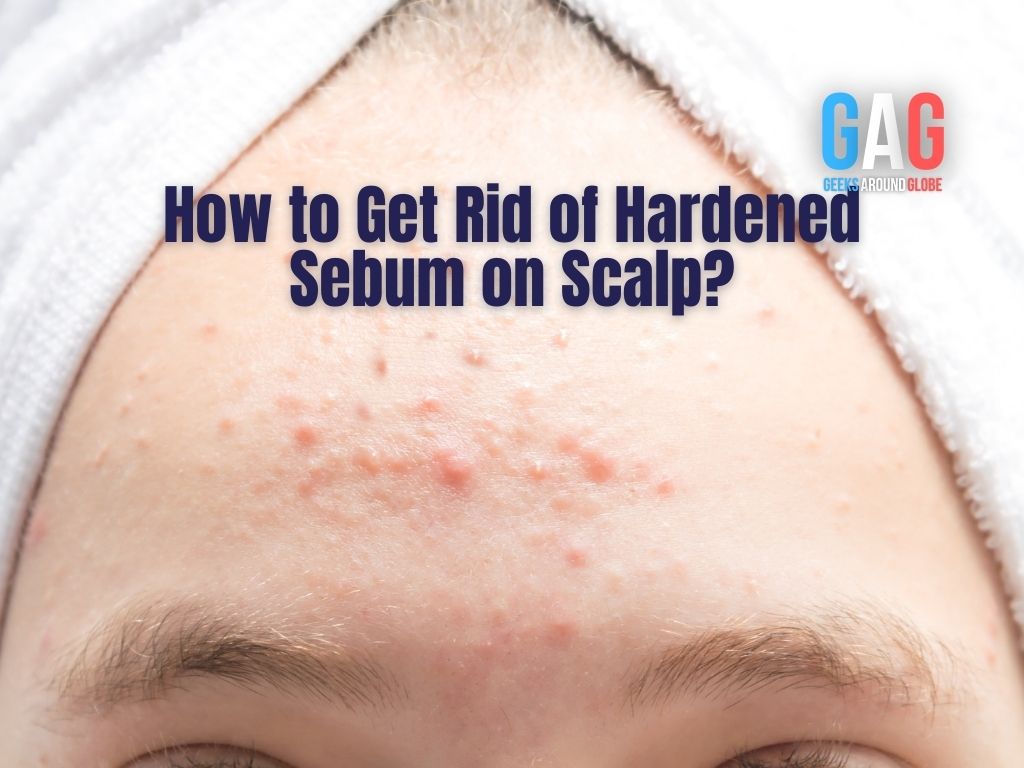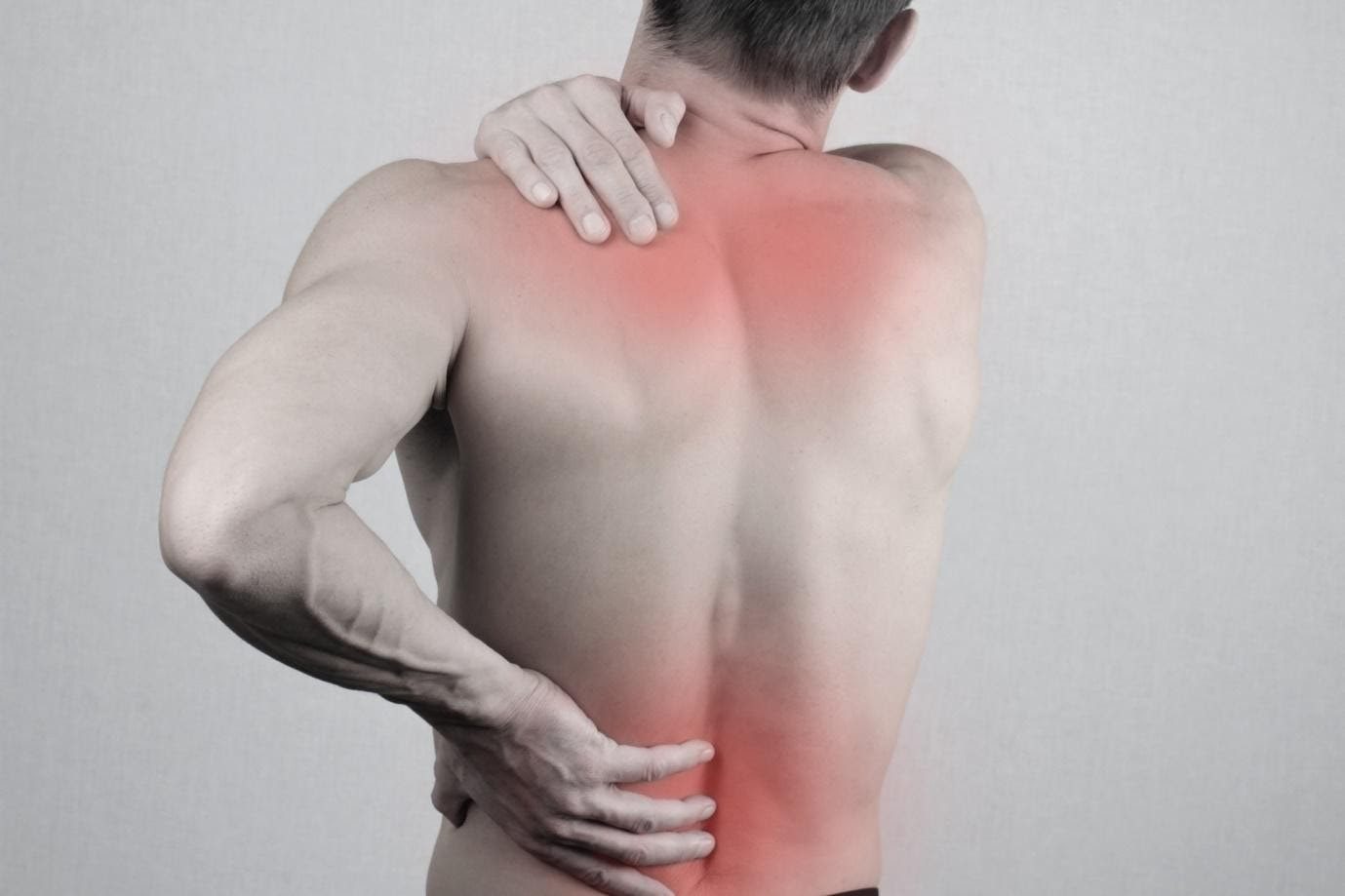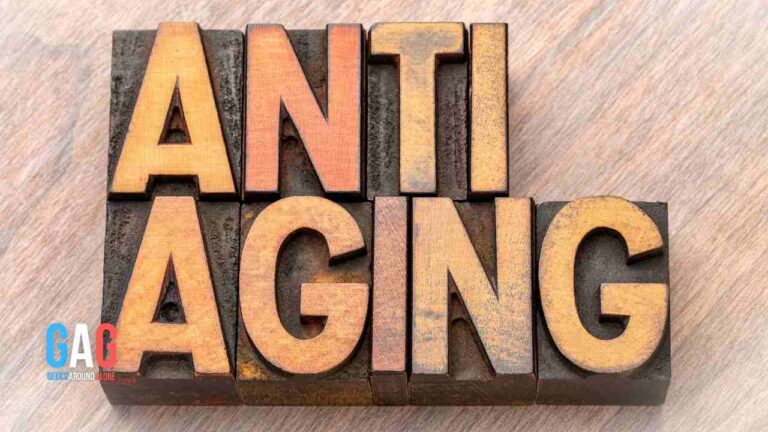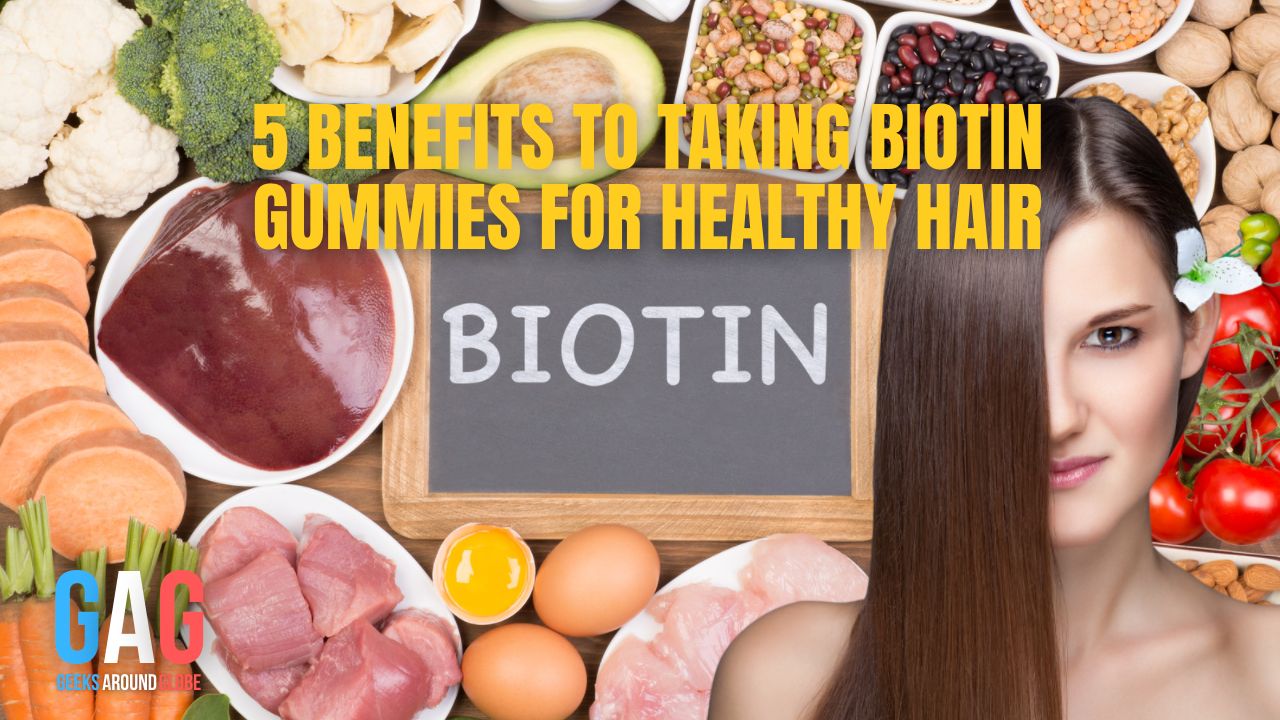While oily hair makes us worry often, but to keep our hair and skin healthy, a precise quantity of naturally produced oil is required. Otherwise, the skin would become dry and flaky. This natural oil is known as sebum, which is somewhat necessary to have a healthy scalp but its excess production should be avoided.
Sebum and its role
The sebaceous glands which are present under our skin surface and more densely on our upper trunk, scalp and face, disintegrate and produce the natural oil which is called sebum. Sebum which is a mixture of cholesterol, fatty acid, squalene and glycerides, ooze out from our scalp and skin pores and help to keep the moisture intact in our skin. It also has anti-microbial properties and prevents infections.
Excess sebum build-up on the scalp
Although production of excess sebum is not related to hair loss directly but it is linked with the dandruff, which is an alarming factor. Seborrhoeic dermatitis is one kind of inflammation which is caused by excess sebum. It triggers the itching or flicking of the skin or scalp, which result to the damage of hair follicles and thus weaken the hair attachments. Dried and hardened sebum on scalp indicates hair loss and unhealthy scalp. Excess production of sebum is generally caused by three factors:
- Hormones: The cells of the sebaceous glands along with the hair follicle ones, transform testosterone into the active formation of DHT (di hydro testosterone). This triggers the sebaceous cells to enlarge and produce excess sebum on scalp.
- Diet: Foods like white bread and white rice cause the production of sebum by enhancing secretion of certain growth factors, because these food products have an elevated glycemic index.
- Scalp hygiene: A lot of people use shampoos with comprises harsh chemicals regularly for washing the hair. Though oily skins need frequent washing of hair with mild shampoos, but regular use of harsh chemicals turn our hair rough and brittle by washing away natural oil from our scalp.
How to reduce excess sebum production?
Firstly, cleaning of sebum plugs is important and that too with luke warm water. After that a mild shampoo is preferred with a gentle massage on the scalp with finger tips. This loosens the dried or hardened sebum on the scalp. Aggressive rubbing of hair should be avoided and shampoo should be flown through the hair strands. Then, it should be rinsed off with luke warm water followed by the use of a conditioner. Ideally, washing of hair two times a week is enough for a clean and healthy scalp, but it can be increased according to ones sebum development. But that should be done with the advice of a qualified Dermatologist. Different people have different hair stature, so the products such as conditioners, gels, serums as well as shampoos should be scrutinised before use. Nowadays, lot of options in mild and organic shampoos which are rich in essential vitamins and minerals are easily available as well.
Lastly hair driers are advised to be avoided because the heat generated, stimulate excess scalp dryness. Natural drying will prove more fruitful. Along with the above, a healthy diet should also be maintained and one should have food which is rich in proteins, anti-oxidants and vitamins.
Conclusion
Undoubtedly, sebum is necessary for maintaining healthy hair and scalp. So precise amount of natural products and oil should be maintained as well. Harsh chemicals or neglecting the scalp hygiene should be avoided to stop excessive production of sebum. Lastly if the sebum build up becomes a regular problem, a reputed dermatologist should be consulted to prevent hardened sebum and keep hair fall at check.







